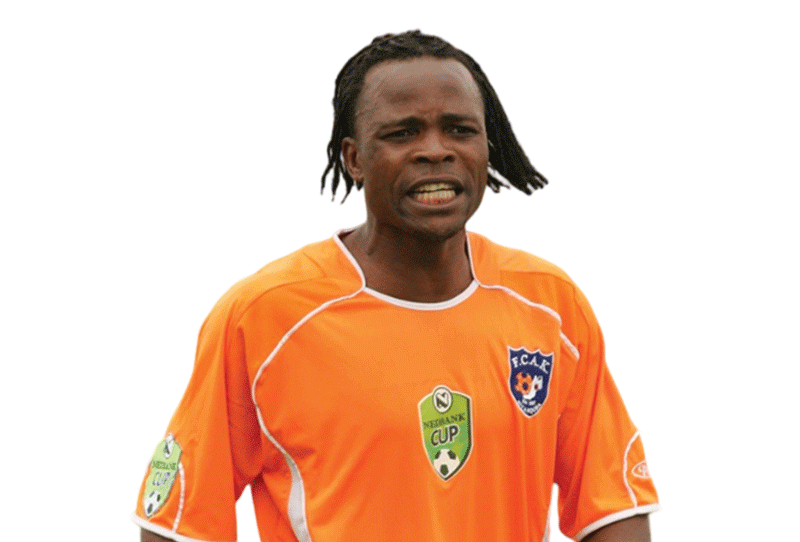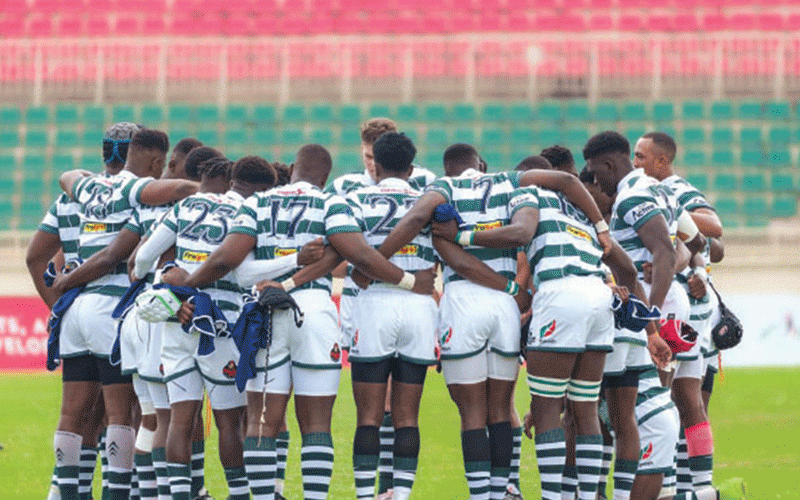
The chaos that reigned at Rufaro Stadium during the match between the Warriors and the Syli Nationale of Guinea ignited an interesting debate on which stadium the Warriors should use for their home matches, between Rufaro and the giant National Sports Stadium (NSS).
Michael Kariati
Thousands of fans were turned away as Rufaro Stadium was too small to accommodate everyone who wanted to watch the Warriors play.
There are some, however, who have different views and claim the chaos was a result of Zifa opening few entry points.
However, the fact remains that the stadium was full to the brim and even if those that were turned away had been allowed in, they would not have had anywhere to sit.

We need to accept the fact that Rufaro Stadium is only fit for club football and that it is too small for the Warriors. However, national team coaches — both past and present — seem to favour this small venue which they say guarantees good results, unlike the NSS.
After struggling to beat little Burundi 1-0 at the NSS in his 2013 Africa Cup of Nations campaign, then Warriors coach Rahman Gumbo opted for Rufaro Stadium for his most crucial game against Angola. The trick worked and the Warriors won 3-1.
- Chamisa under fire over US$120K donation
- Mavhunga puts DeMbare into Chibuku quarterfinals
- Pension funds bet on Cabora Bassa oilfields
- Councils defy govt fire tender directive
Keep Reading
It is a fact that Kalisto Pasuwa too prefers Rufaro Stadium, while Ian Gorowa, who came before him, also suggested moving out of the NSS to either Rufaro or Barbourfieds, where he said he felt comfortable.
While the coaches claim the NSS is not a good hunting ground, the stadium provides an easy passage for thousands of fans, and also guarantees huge financial pickings for the Zimbabwe Football Association due to its holding capacity.
The widely-held view is that Zifa has the final say on which venue the Warriors play at. While to some extent it is true, the fact is that Zifa must consult with members of the Warriors technical team because it is their team that would play at whatever venue is decided on.
So which is which? The coaches are in favour of Rufaro Stadium, while the fans are unanimous in their agreement that the NSS is the ideal venue for their national team.
On that premise, we have to make a choice. Will it be a stadium that brings “good results”, or one that is allegedly “haunted”, but guarantees that all of us have the chance to watch our national team in action?
Gorowa did not have the chance to shift venues as his team made an early exit from the 2015 Africa Cup of Nations after they were held to a two-all draw at that NSS by the Taifa Stars of Tanzania.
Norman Mapeza and Madinda Ndlovu also used the national stadium for their 2012 campaign. They won against Liberia 3-0 and Mali 2-1, but the 0-0 draw at the same venue against Cape Verde was the turning point to their exit from the tournament.
Had they won that game at the NSS, Zimbabwe would have qualified for the finals, along with Mali. The question, however, is whether the Warriors would have beaten Cape Verde had they used Rufaro Stadium.
True, the history of failure at the giant venue is well-documented. It even goes as far back as 1991 when a John Sibanda blunder denied Zimbabwe a place at the 1992 Africa Cup of Nations finals.
The shattering 2-0 World Cup loss at the hands of South Africa’s Bafana Bafana, which sadly claimed the lives of some fans, also comes to mind. There was also the 3-0 defeat to an Austin JJ Okocka-inspired Super Eagles and lately, the Tanzanian debacle — all at the NSS.
But we should also be reminded that Zimbabwe’s greatest victories, such as the 1-0 and 4-1 wins over the Indomitable Lions of Cameroon, the 4-1 destruction of South Africa, the 1-0 World Cup win over the Pharaohs of Egypt, and the 1-0 victory over Titi Camara’s Syli Nationale, all happened at the NSS.
For the record, the two teams that qualified for the Africa Cup of Nations finals — one in 2004 under Sunday Chidzambwa and the other in 2006 under Charles Mhaluri — both qualified while making use of the NSS.
So, when did the National Sports Stadium become “haunted”, and how long will we run away from the stadium we asked to be built for us to play in?
I have tried to recall Zimbabwe’s famous victories at Rufaro and both of them date back to soon after independence; not in Nations Cup nor World Cup matches for that matter. They came in the form of the 2-1 win over Zambia in the Independence Trophy celebrations in 1980, and in 1985 when Zimbabwe won the East and Central Africa Challenge Cup. I am not sure whether that is what we mean by “a good hunting ground”.
The Dynamos experience also tells us another story. The popular Harare club reached the CAF Champions League in 1998 while using the National Sports Stadium as their homeground. Ten years later, they were at Rufaro Stadium and reached the semi-finals.
It is time to forget the myth that the National Sports Stadium is haunted and return to the giant venue where everyone will be able to watch the beloved Warriors without hassles.
People cannot be turned away from a game of their life after travelling from far off places like Kariba, Mutare, Kadoma, Kwekwe, Bulawayo, Masvingo, Gweru or Tsholotsho, just because of an unfounded myth.
With proper preparations, results will come — even at the National Sports Stadium. We do not need to believe in ghosts, which in football, do not exist.
For views, comments, and suggestions, email [email protected] or WhatsApp on 077 3 266 779.











